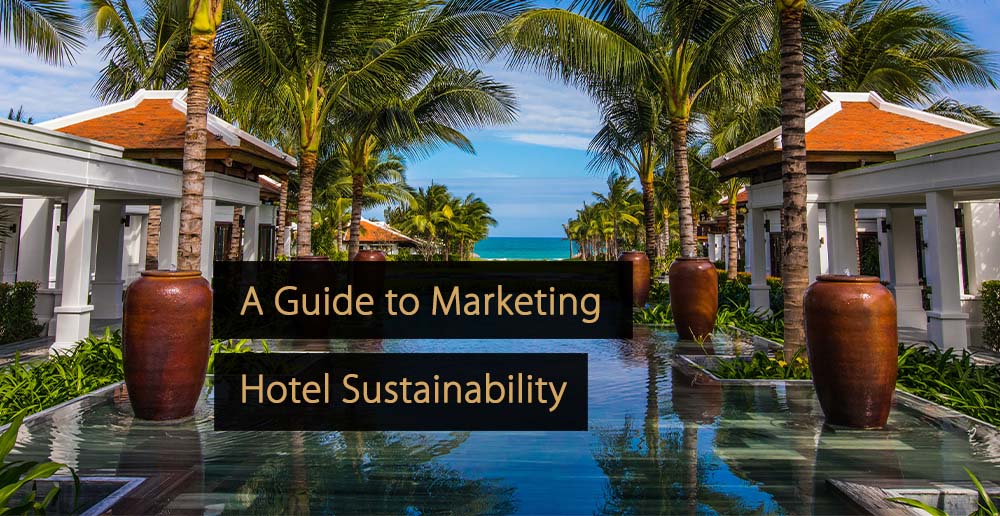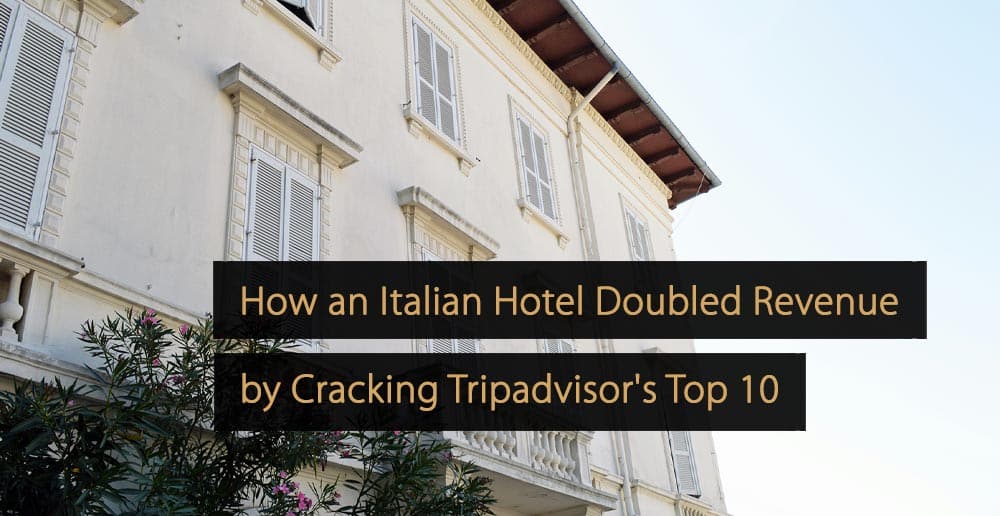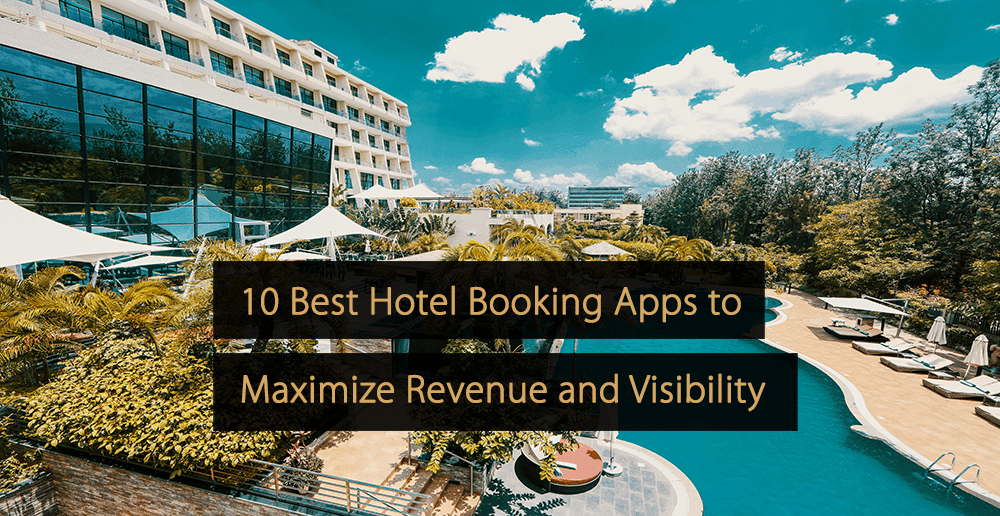Las agencias de viajes en línea (OTA) se han convertido en una parte fundamental de la industria hotelera, lo que afecta la forma en que las propiedades comercializan en línea y los viajeros realizan sus investigaciones. Se prevé que, en promedio, los viajeros realicen 25 visitas al sitio web antes de reservar.
Por lo tanto, las propiedades necesitan aumentar la visibilidad en Internet en las OTA, los sitios de metabúsqueda, las redes sociales y su sitio web directo para atraer a tantos huéspedes potenciales como sea posible.
Si bien las OTA han evolucionado desde su introducción en la década de 1990, la pandemia aceleró el cambio en todos los canales, brindando nuevas y emocionantes oportunidades para que las propiedades atraigan a más huéspedes y aumenten los ingresos.
4 nuevas tendencias de OTA para ayudar a aumentar las reservas y los ingresos
A continuación, aprenderá más sobre cuatro nuevas tendencias de OTA que han surgido este año y consejos para desarrollar la estrategia de distribución de canal única de su propiedad.
1. Introducción de distintivos de sostenibilidad
La primera tendencia de las OTA es la sostenibilidad. La sostenibilidad ha sido una tendencia creciente en todas las industrias y los consumidores esperan que empresas de todas las formas y tamaños adapten sus prácticas para ser más ecológicas. 61% de viajeros globales dijo que la pandemia les hizo querer viajar de forma más sostenible, siendo más probable que 73% elijan alojamientos que hayan implementado prácticas de sostenibilidad.
Si bien muchos hoteles se han encargado de implementar prácticas de sostenibilidad, como la reducción de plásticos de un solo uso o el uso de iluminación de bajo consumo, a menudo es difícil promover esto entre los viajeros. Booking.com encontró que 41% de viajeros no sabían cómo encontrar opciones de viaje sostenibles, por lo que implementaron 'insignias de sostenibilidad' para ayudar a las propiedades a promover sus esfuerzos.
Las propiedades que figuran en Booking.com pueden elegir entre más de 32 prácticas de sostenibilidad verificadas por esfuerzos de sostenibilidad independientes para atraer a más viajeros con conciencia ecológica y atraer tráfico de propiedades similares sin medidas de sostenibilidad.
2. Mayores opciones para estadías prolongadas
Con el aumento del trabajo remoto, los viajeros tienen más flexibilidad para reservar estancias más largas que combinen negocios y placer. Esto proporciona una excelente oportunidad para que los hoteleros atraigan huéspedes de estadías más largas, lo que es más rentable que los de estadías cortas debido al menor costo asociado con mantener las habitaciones llenas, adquirir constantemente nuevos huéspedes y dar servicio a las habitaciones diariamente. Ganancias del tercer trimestre de Airbnb El informe mostró que las estancias largas de al menos 28 días son la duración de viaje de más rápido crecimiento, 14% más que el año anterior.
En respuesta al aumento de “vacaciones de trabajo” Las OTA han ajustado sus ofertas para satisfacer la creciente demanda. Por ejemplo, Agoda Long Stay es un programa que ofrece a los viajeros tarifas con descuento y sin contrato en estancias de más de 30 días. Las propiedades que participan en este programa tienen garantizada una estadía mensual mínima por huésped y pueden aprovechar la tendencia de estadías a largo plazo.
3. Los viajes nacionales de ocio se disparan
Otra tendencia de las OTA es que los viajes nacionales se están disparando. Los viajes de negocios se vieron afectados durante la pandemia y no se espera que se recuperen hasta al menos 2024 o 2025 – si es que alguna vez lo hace. Sin embargo, los viajes de placer nacionales han alcanzado máximos históricos. Sólo en Estados Unidos, 1.4 billones Se realizaron viajes nacionales, y 75% de todo el gasto en viajes en el Reino Unido provino del turismo interno.
Muchos de estos turistas nacionales eran trabajadores remotos que buscaban un cambio de escenario cerca de casa. Las propiedades que quieran sacar provecho de los viajes nacionales deben invertir en las comodidades adecuadas, como wifi de alta velocidad, escritorios, espacios de trabajo y más, para atraer trabajadores locales y domésticos remotos.
Además, las propiedades deben cotizar en OTA regionales destacadas para atraer a viajeros de otras regiones que buscan una escapada rápida. Por ejemplo, si su propiedad está en España, asegúrese de que esté incluida en OTA superiors en la región, como Agoda, HRS y Hotelsclub.
4. Las experiencias de viaje únicas lideran la popularidad
No sorprende que los viajeros de hoy busquen una experiencia de viaje única. Las OTA han adaptado sus plataformas para atender este cambio de expectativas introduciendo nuevas categorías como pequeñas casas, cuevas, castillos, yurtas y mucho más. En el primer trimestre de 2022, aumentaron las noches reservadas por Airbnb para viajes de verano a tipos de propiedades únicos por más de 80%.
Las propiedades deben repensar sus ofertas únicas y cómo las comercializan en línea para aparecer en las diferentes categorías de las OTA (y entregarlas en consecuencia a la llegada del huésped). OTA como Airbnb están invirtiendo en propiedades especiales mientras trabajan para rediseñar sus instalaciones. Por ejemplo, en junio de 2022, Airbnb anunciado un $10 millones de USD ¡Dios mío! El fondo se creó para financiar a 100 propietarios que transformaron su propiedad en un destino de viaje único.
Cómo crear la combinación óptima de canales OTA
Hoy en día existen cientos de OTA en línea, lo que dificulta que los propietarios comprendan qué canales son mejores para su propiedad. Las diferentes OTA atienden a diferentes tipos de propiedades y audiencias, y las propiedades primero deben comprender su posición única en el mercado antes de conectarse.
Si bien la combinación de canales óptima variará para cada propiedad, existen algunos factores orientativos que le ayudarán a dar forma a su estrategia. Los expertos de la industria recomiendan conectarse a al menos seis canales y diversificarlos para incluir OTA globales, regionales y de nicho.
Las OTA globales, como Expedia y Booking.com, atraen a cientos de millones de visitantes cada mes y son fundamentales para impulsar el tráfico y la visibilidad. Las OTA regionales atraen visitantes de mercados nacionales o internacionales específicos. Las OTA de nicho se dirigen a audiencias específicas y, a menudo, son el segmento más lucrativo de las OTA para propiedades que se ajustan al perfil de nicho particular.
Por ejemplo, un hotel boutique de lujo en México puede decidir publicar su propiedad en los siguientes canales:
- Booking.com (mundial)
- Airbnb (mundial)
- Despegar / Decolar (regional a México)
- Agoda (dirigido a la región asiática)
- Mr & Mrs. Smith (nicho – lujo)
Estar activo en diferentes OTA ayuda a aumentar la visibilidad y familiaridad de una propiedad entre los viajeros que buscan un viaje, aumentando la probabilidad de adquirir una reserva (ya sea directamente en su sitio web o indirectamente a través de una OTA).
Usar un administrador de canales para respaldar su estrategia
Hay muchas OTA que puedes utilizar a tu favor. Con el software y la estrategia de gestión de canales adecuados, puede conectarse y gestionar fácilmente seis OTA o más y adaptar sus perfiles para adaptarse a las tendencias cambiantes de la industria.
Administrar conexiones de múltiples canales sin un gerente de Canal puede llevar mucho tiempo y a menudo da lugar a overbookings. Un administrador de canales puede ayudarlo a conectarse fácilmente a los canales y actualizar su inventario de habitaciones y tarifas en tiempo real a medida que se producen cambios en los datos de la propiedad, reservas o cancelaciones.
Guía OTA gratuita: Guía del hotelero sobre la mejor distribución
Te gusten o no, las agencias de viajes online (OTA) son esenciales para cualquier estrategia de distribución hotelera. Adoptar las OTA adecuadas como parte de su estrategia de distribución también puede ayudar a impulsar las reservas directas a través del "efecto cartelera" si se hace correctamente.
Crear una combinación completa de canales que incluya varias OTA garantizará que llegue a su público objetivo y asegurará un flujo constante de reservas.
Haga click aquí para descargar “La guía definitiva para las OTA”.
Al asegurarse de aparecer en los sitios correctos y de que su sitio web pueda procesar reservas directas, también puede aprovechar el efecto cartelera. Recuerde considerar las nuevas tendencias de las OTA, ser estratégico en su distribución y diversificar su combinación de canales entre diferentes tipos de OTA.
Más consejos para hacer crecer su negocio
Revfine.com es la plataforma de conocimiento líder para la industria de la hospitalidad y los viajes. Los profesionales utilizan nuestros conocimientos, estrategias y consejos prácticos para inspirarse, optimizar los ingresos, innovar los procesos y mejorar la experiencia del cliente.Explore el asesoramiento de expertos sobre gestión, marketing, revenue management, operaciones, software y tecnología en nuestro sitio web dedicado. Hotel, Hospitalidad, y Viajes y Turismo categorías.








Leave A Comment